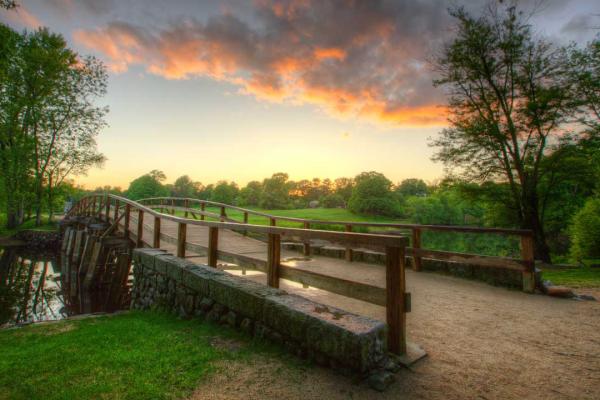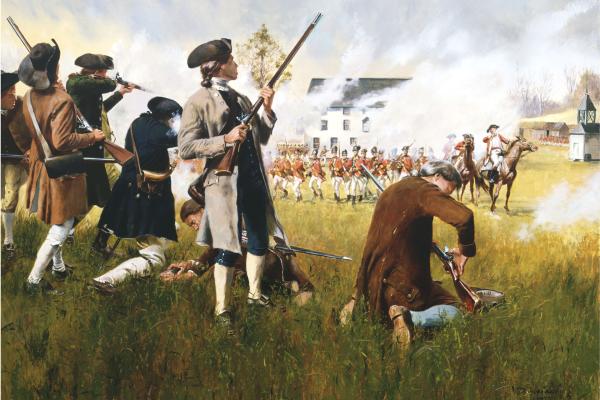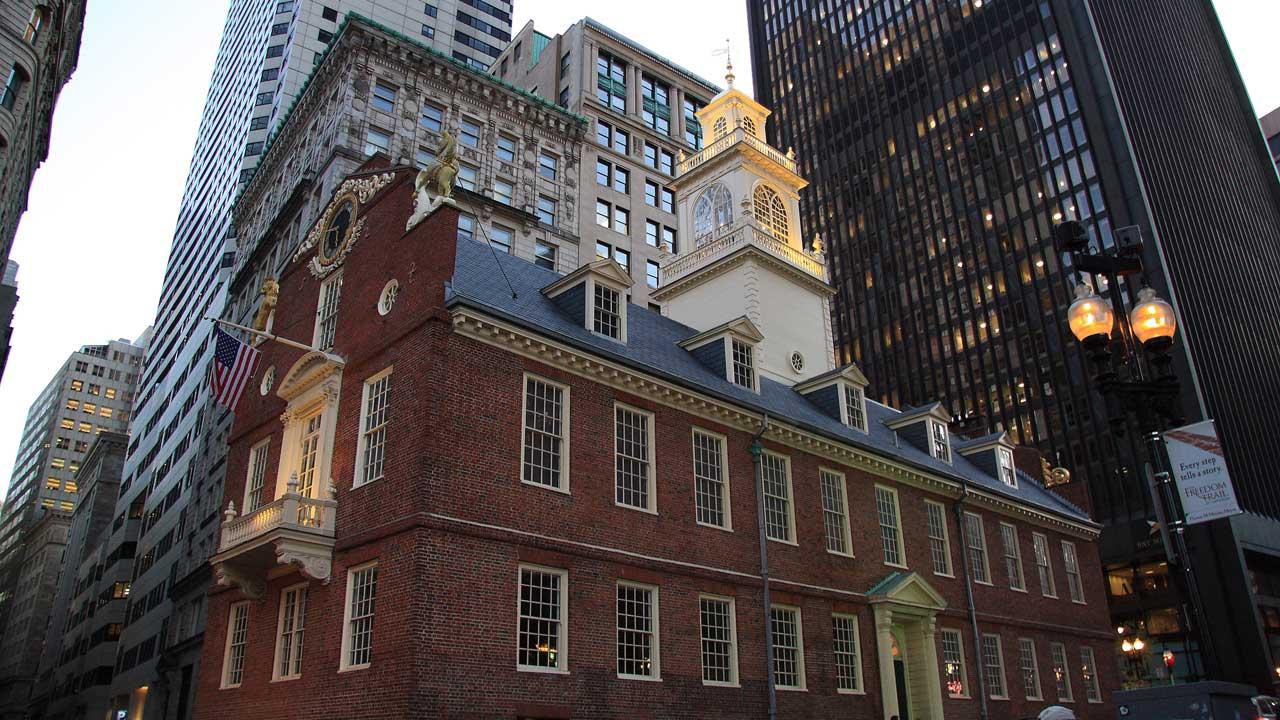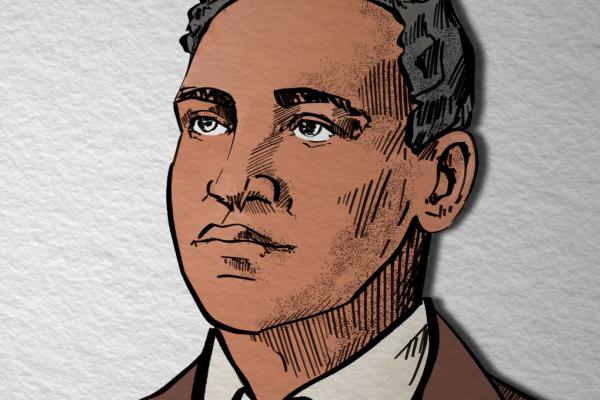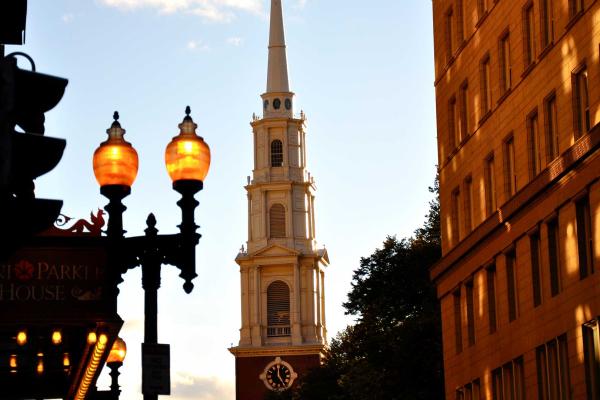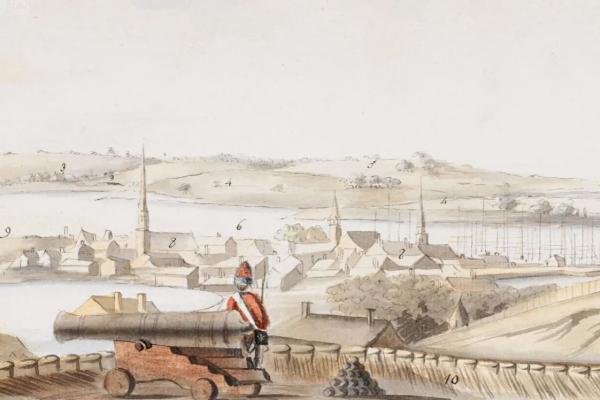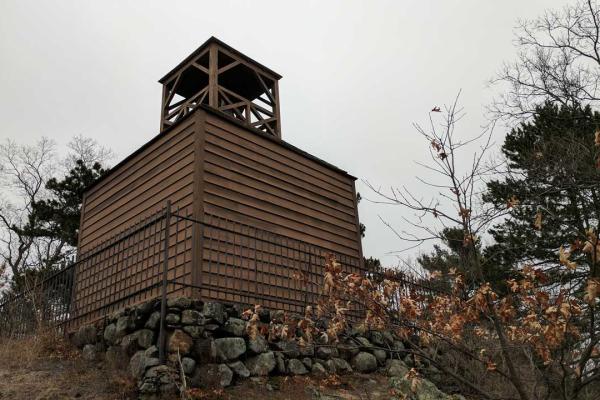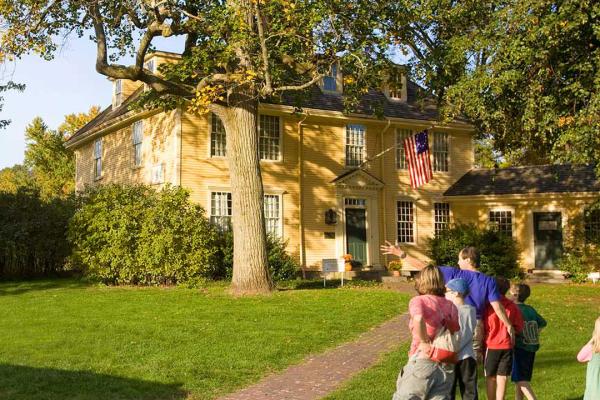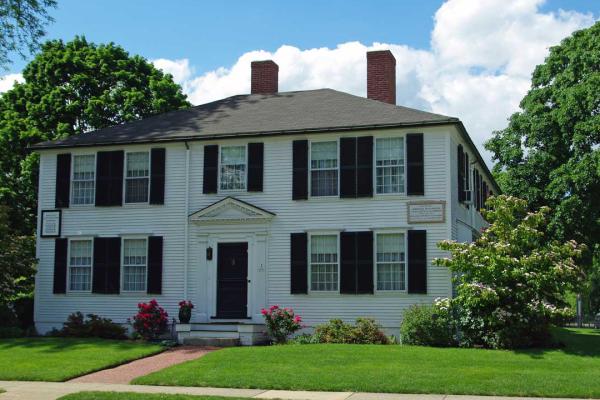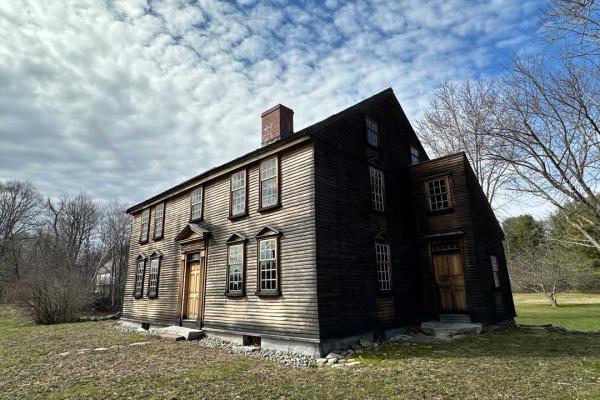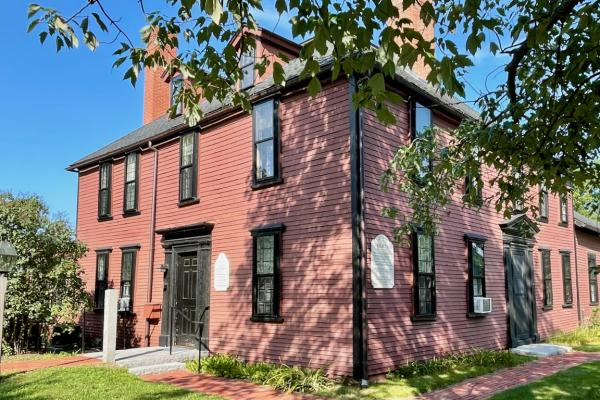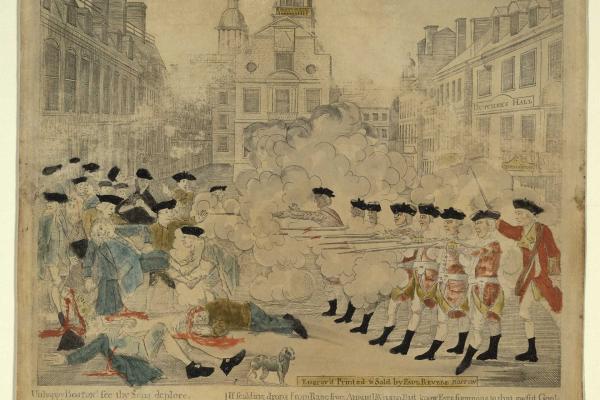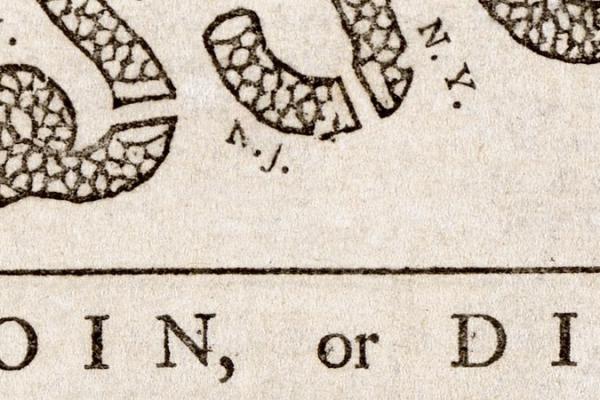A Revolutionary Beacon Among Skyscrapers
The Old State House, perhaps the most iconic colonial building in Boston, is one of the oldest public buildings in the United States. Built in 1713, it originally housed the colonial government. The first floor served as a merchants' exchange, while the second floor was used by the colonial government and included a public viewing gallery, the first of its kind. The Royal Governor issued declarations from the second-story balcony, and the Supreme Judicial Court, located in the building, was where patriot James Otis argued against the Writs of Assistance in 1761. This passionate plea was seen by John Adams as the birth of American independence. The Boston Massacre occurred just outside its doors on March 5, 1770, an event that galvanized public support against British soldiers.
After the American army gained control of Boston in March 1776, the Old State House became the seat of government for the new state of Massachusetts. The Declaration of Independence was read from its balcony in July 1776, and symbols of Royal authority were torn down and burned. The state government used the building until 1798, after which it served various purposes, including as Boston City Hall. In 1881, the Bostonian Society saved it from demolition and restored it to its pre-Revolutionary War appearance. Today, the Old State House is a museum operated by Revolutionary Spaces and a key stop on Boston’s Freedom Trail. Despite being surrounded by modern skyscrapers and busy streets, it remains a significant symbol of Boston’s colonial history.
What's Nearby
Explore more of The Liberty Trail by visiting these nearby attractions.
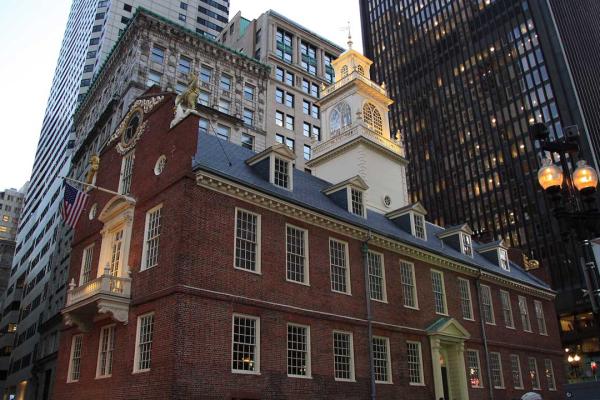

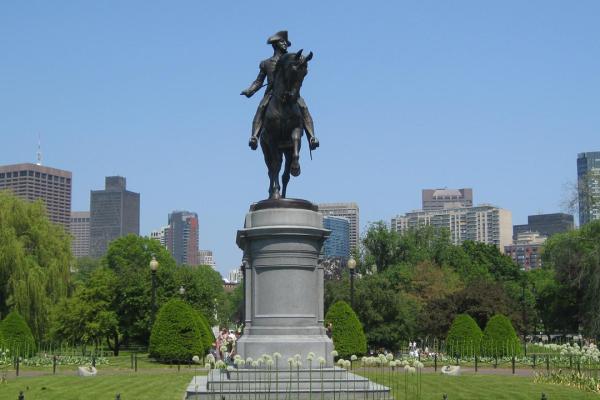
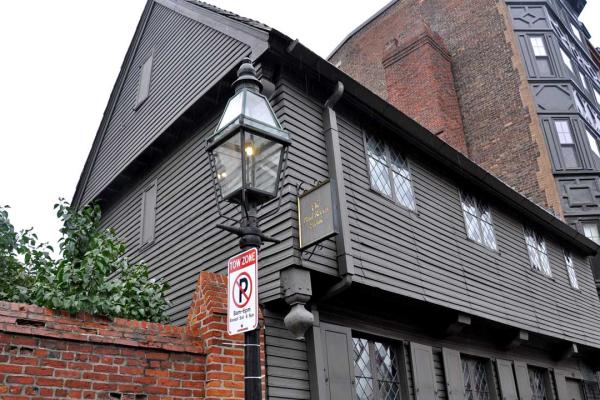
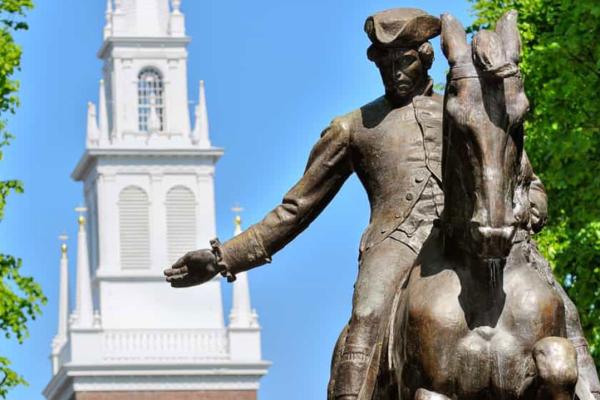

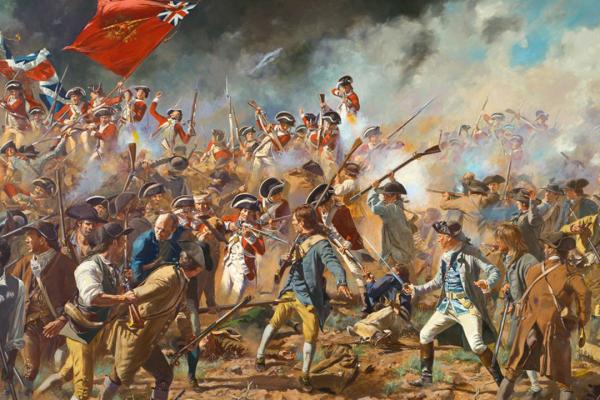


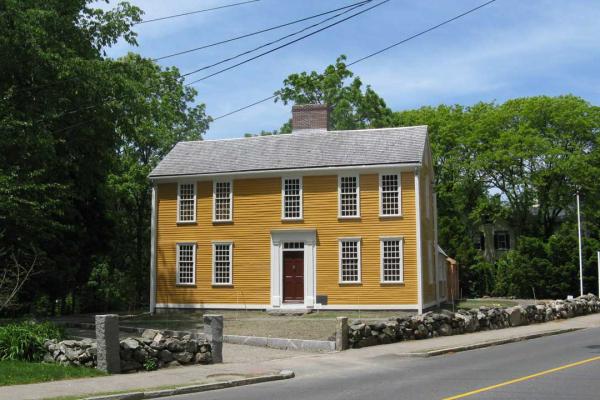
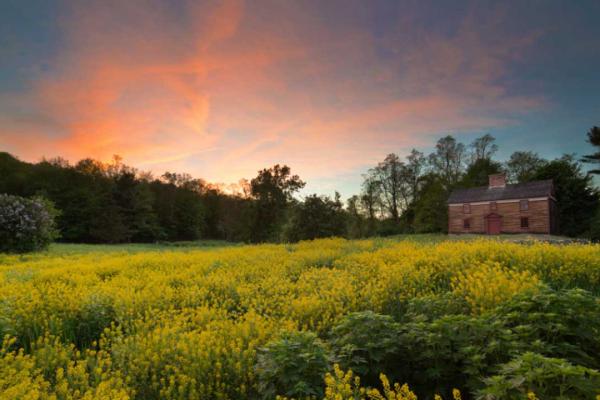
Lincoln, MA 01773

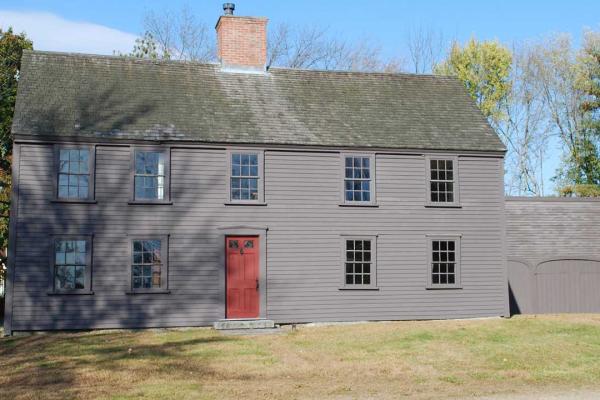
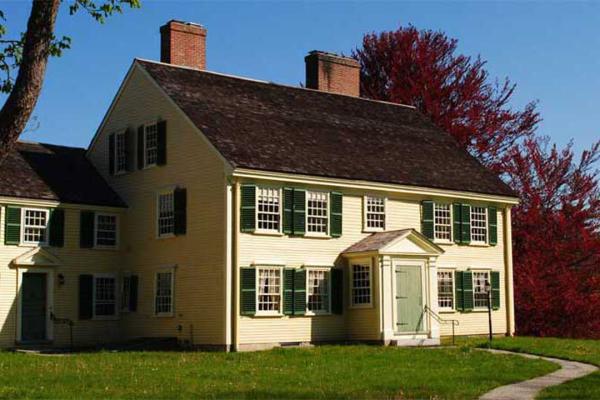
Concord, MA 01742
